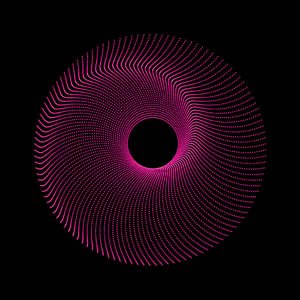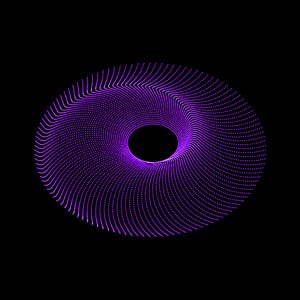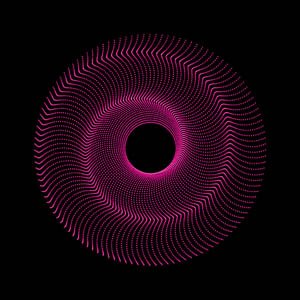Crova's Disc
André Prosper Crova was a faculty member at the University of Montpelier. He invented this acoustic wave
model in the 1860s and commissioned the prominent Parisian acoustic instrument maker Rudolph Koenig to
manufacture it for him. It was first shown at the 1867 Paris World Fair.
Crova’s apparatus consisted of glass disks which were first painted black and then had a series of precise
curves traced through the paint to the glass. The disks could be viewed in different ways, but generally were
projected through a slit as they were rotated. The short arcs of the circles projected in this way represented
particles of air and as the disk rotated these “particles” moved in precisely the same way that air moved when
set in motion by a sound wave.
Crova’s disk was widely used and was manufactured well into the 20th century. His original apparatus
included eight separate disks that could show “propagation of a wave pulse, reflection of a wave pulse,
propagation of a sound wave, reflection of continuous vibratory movement, fundamental tone of sound pipes,
first harmonic of sound pipes, vibrations of ether and interference of two vibratory movements.” Over time, a
variety of additional disks were designed which extended its range even further. In 1889 a complete set of
eight disks together with a viewing stand cost $80.
Wave Machine History, with images, is from: http://americanhistory.si.edu/science/wave.htm
on the Smithsonian's National Museum of American History website.
Special thanks to Bob Brill for the drawing procedure, first developed for eRun
BitArtWorks,
Robert J. Krawczyk, St. Charles IL
312-859-3779, bitartworks@gmail.com
Copyright 2009-2011, BitArtWorks, Robert J.
Krawczyk , All Rights Reserved







